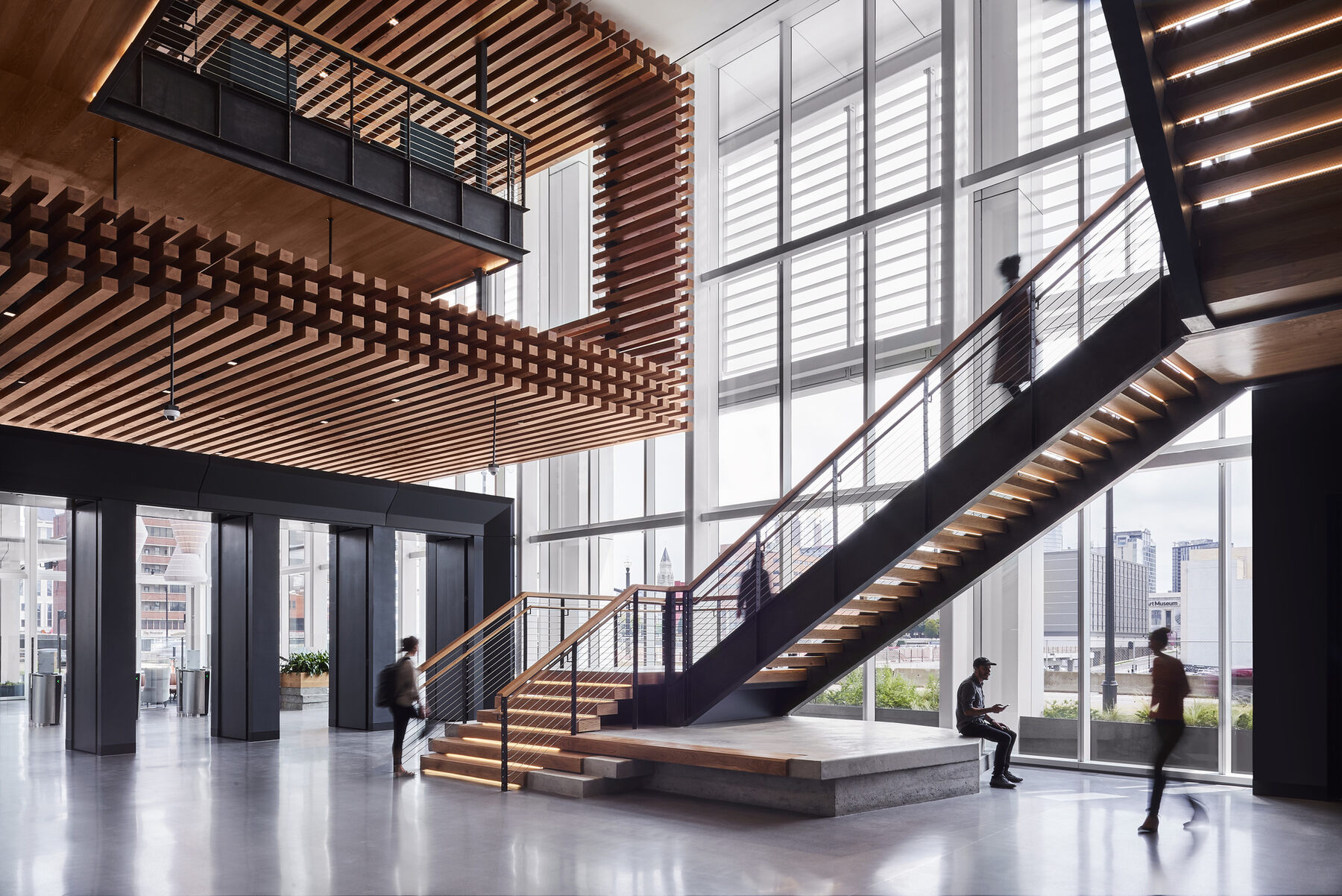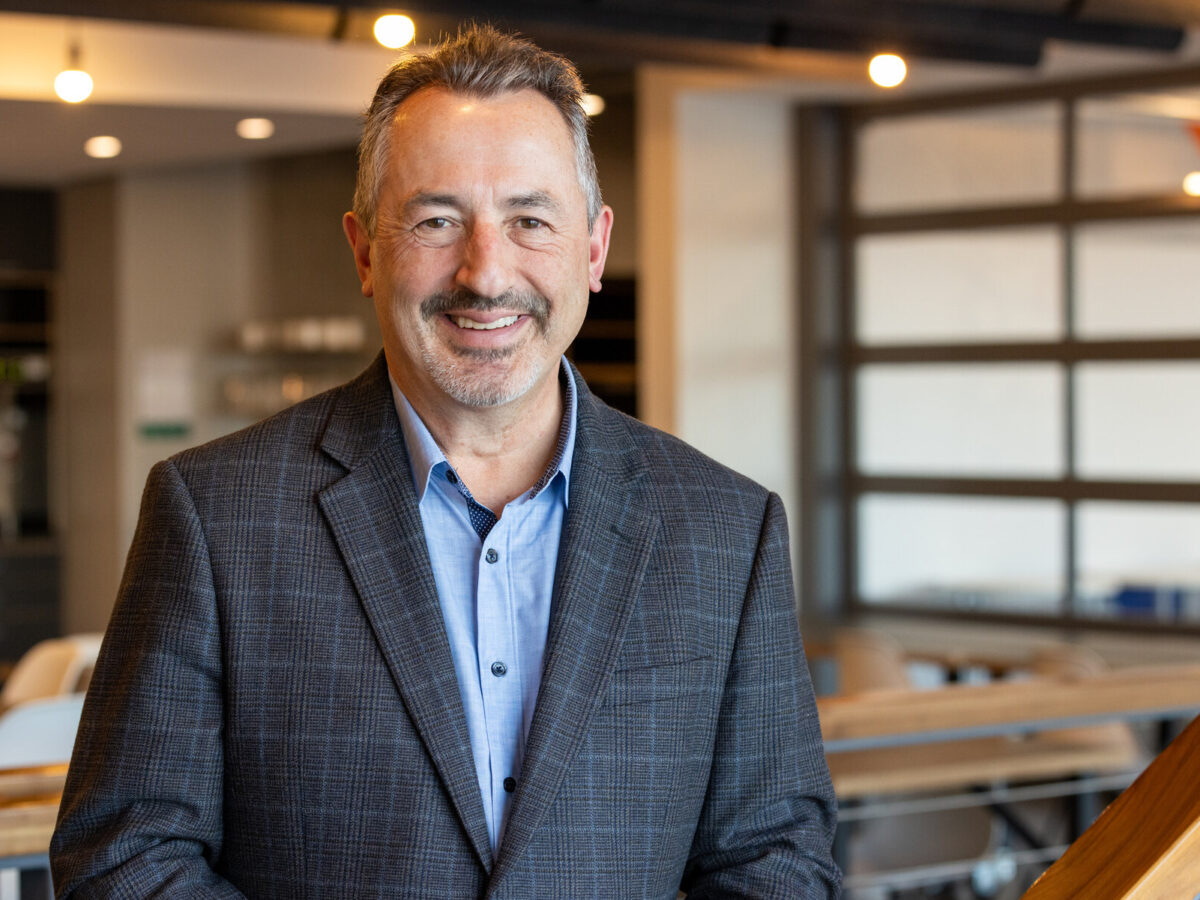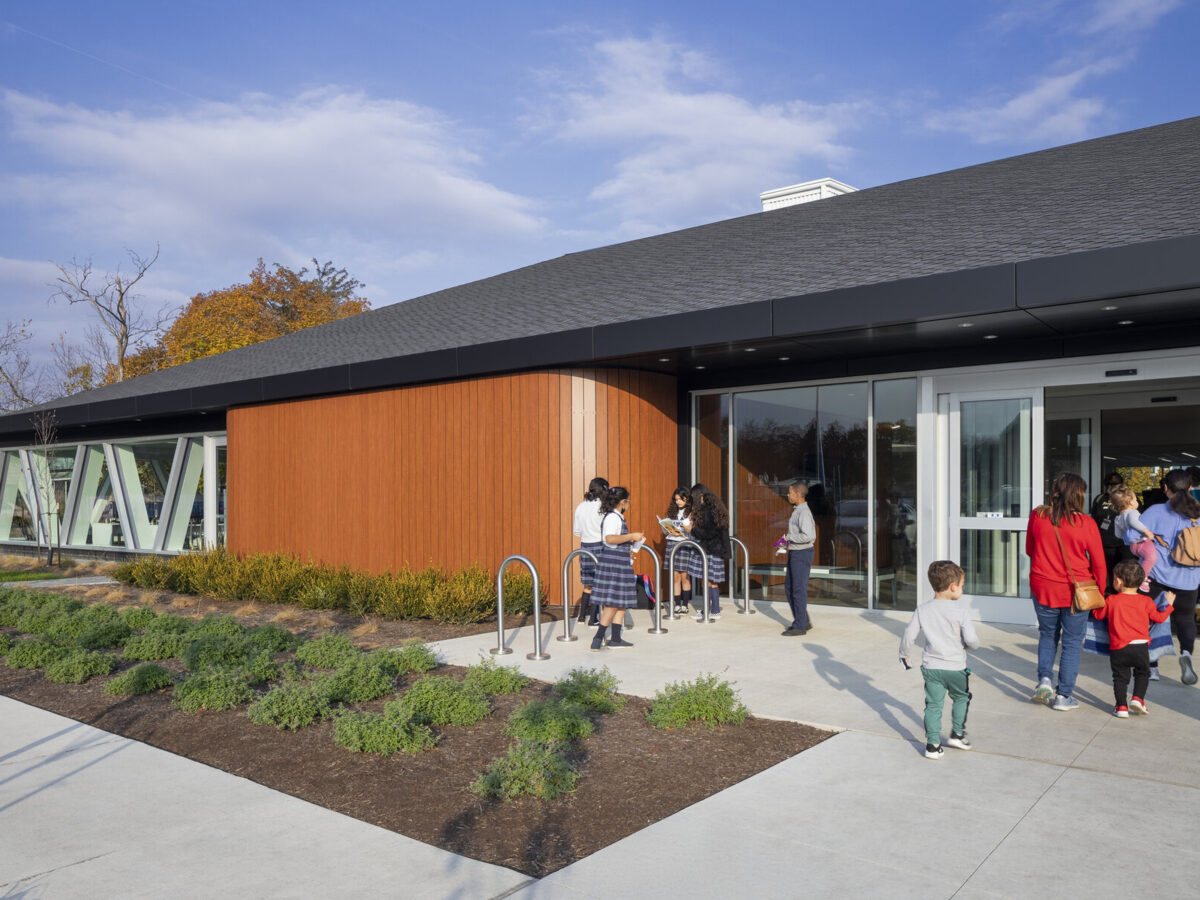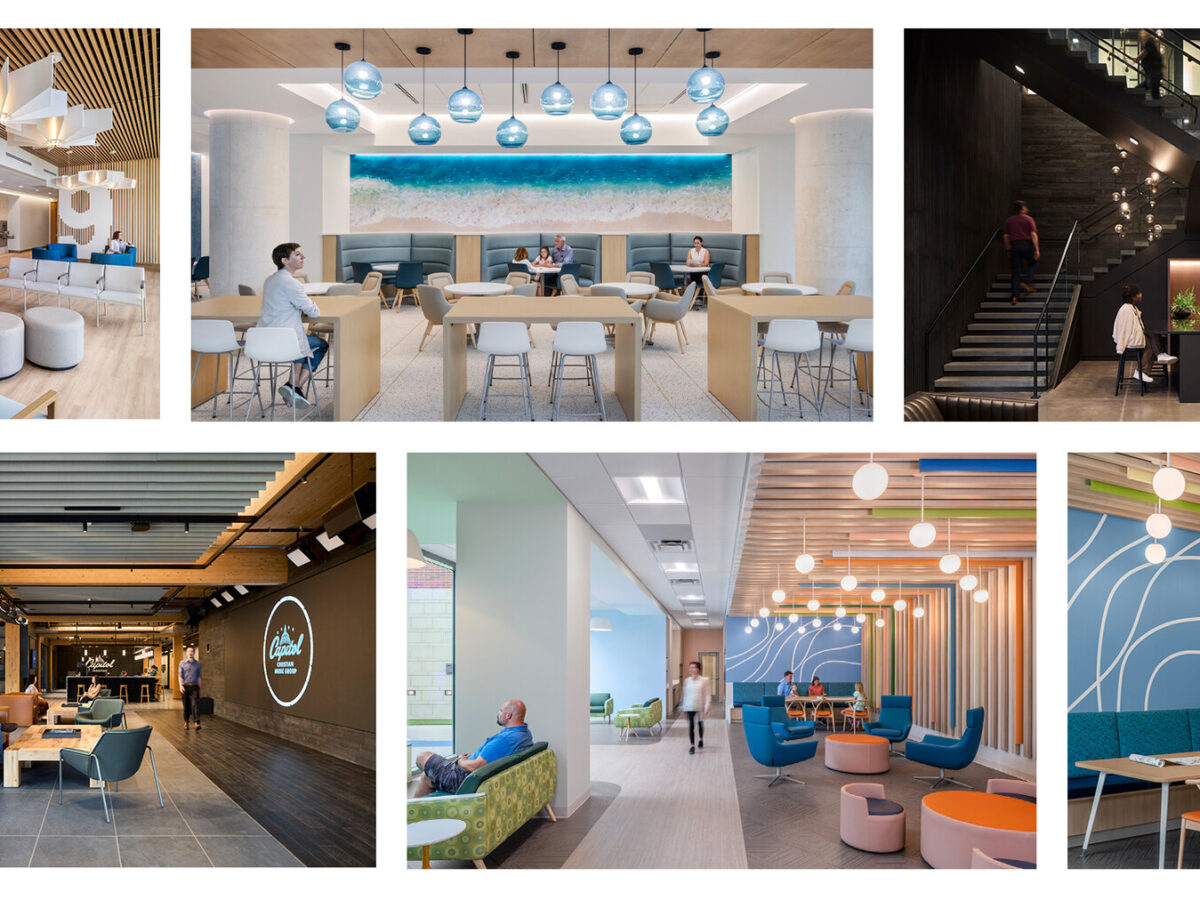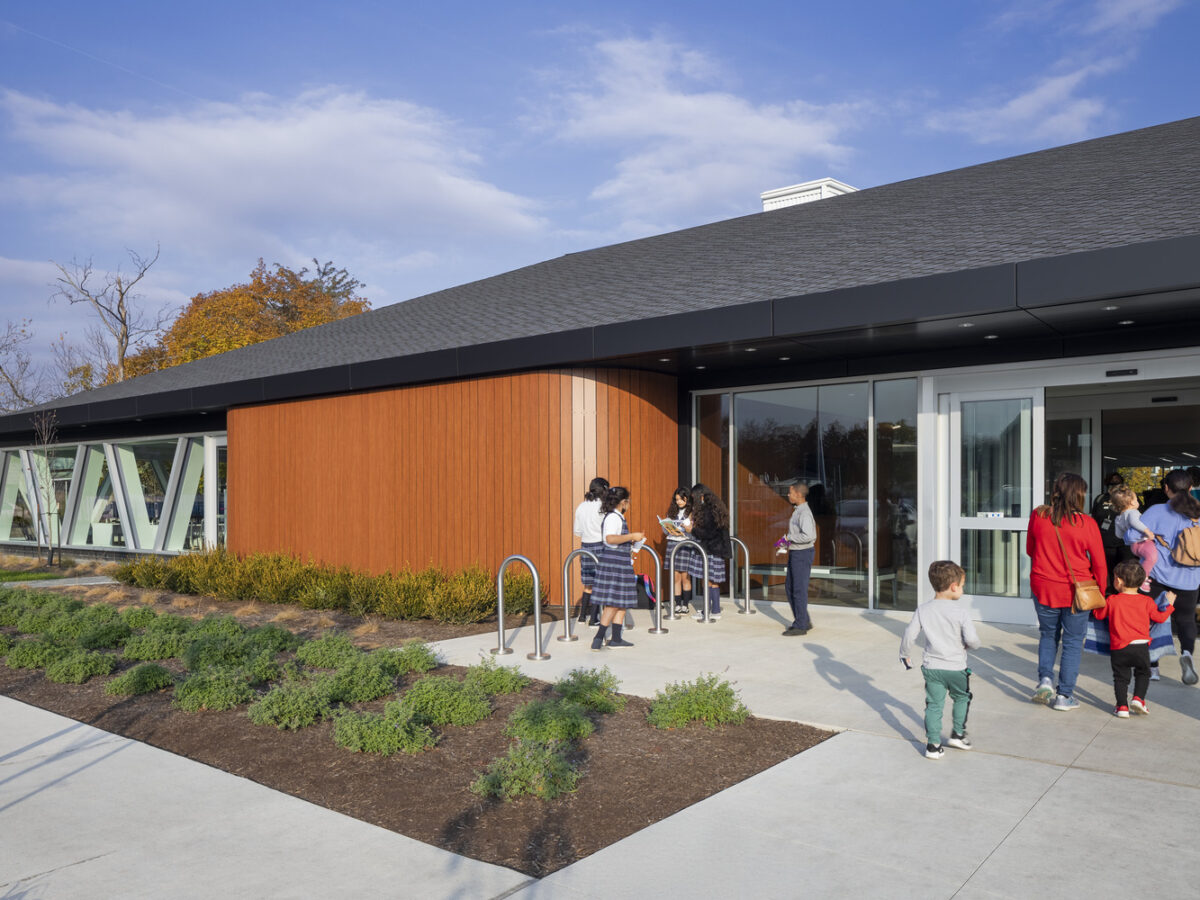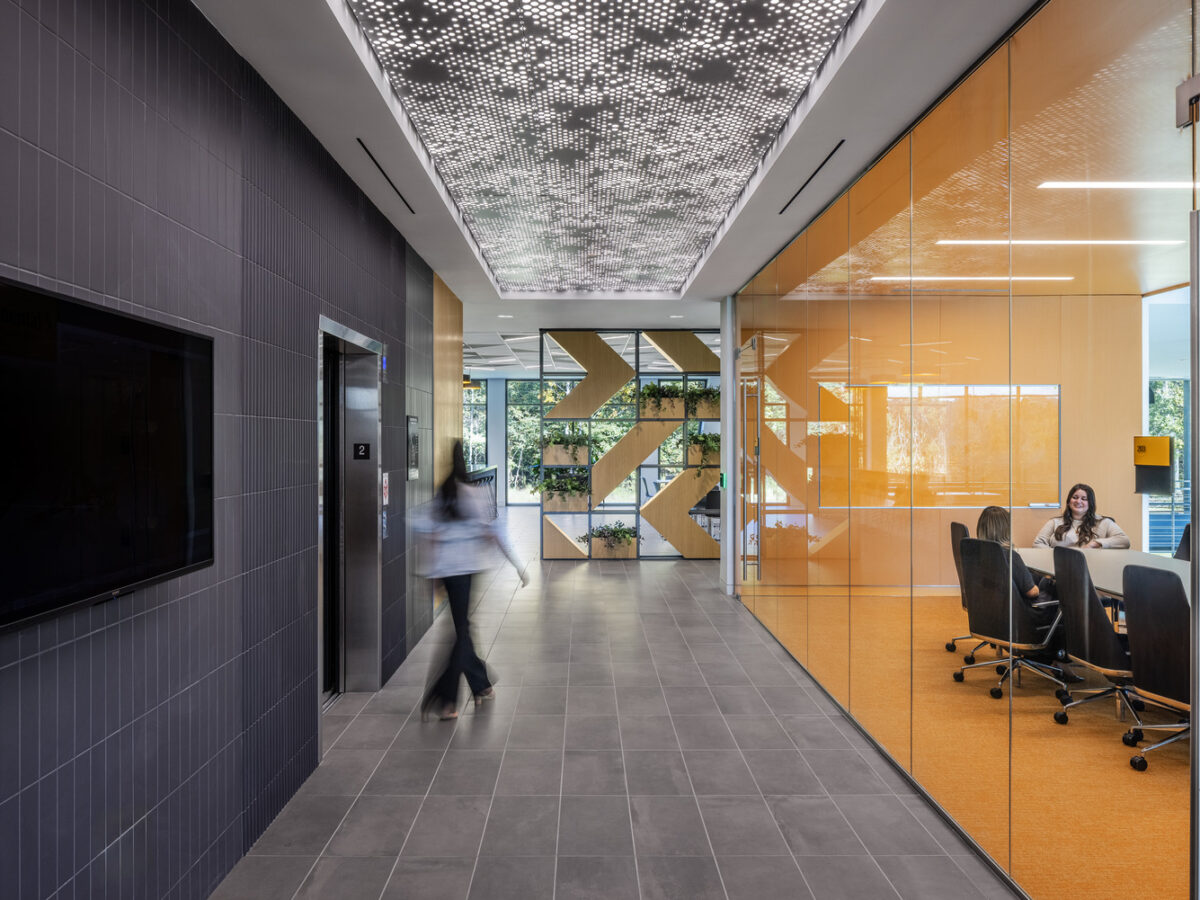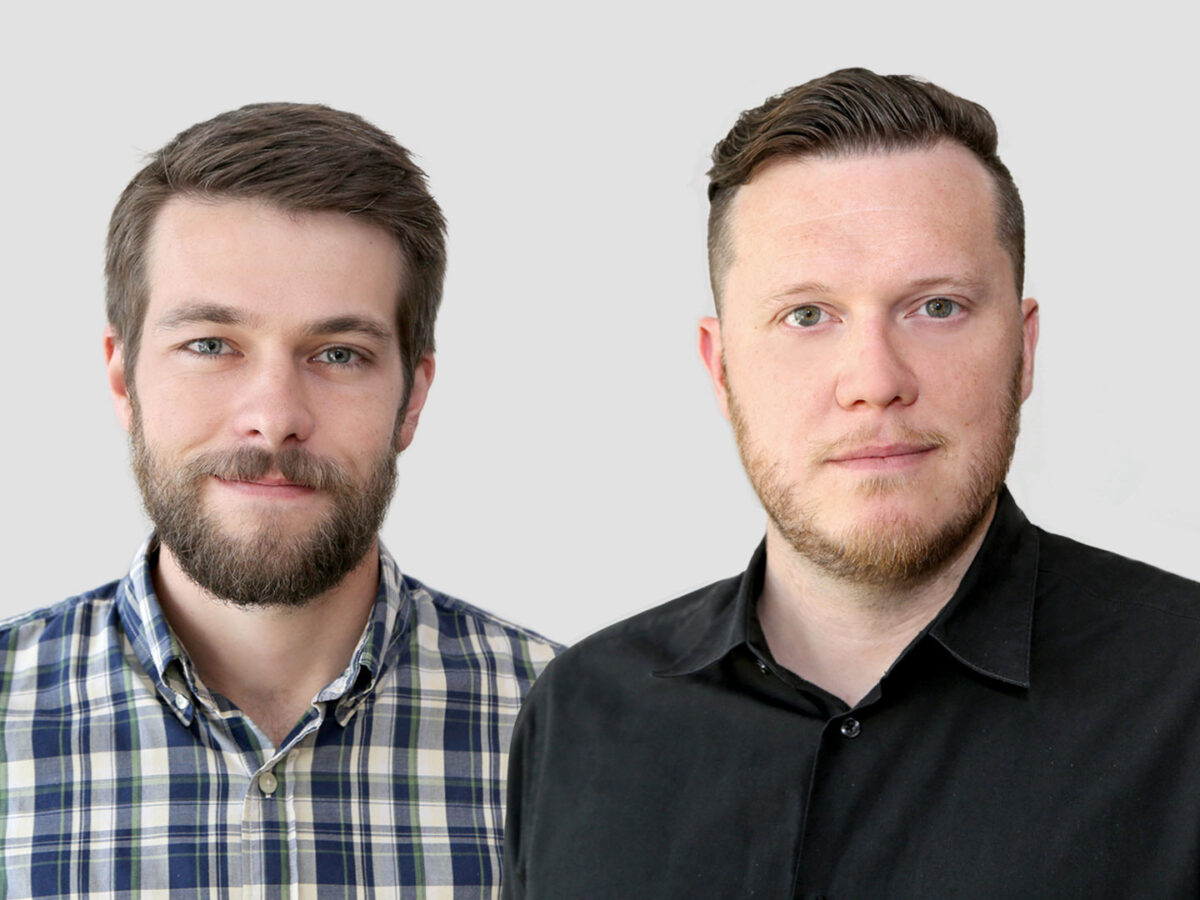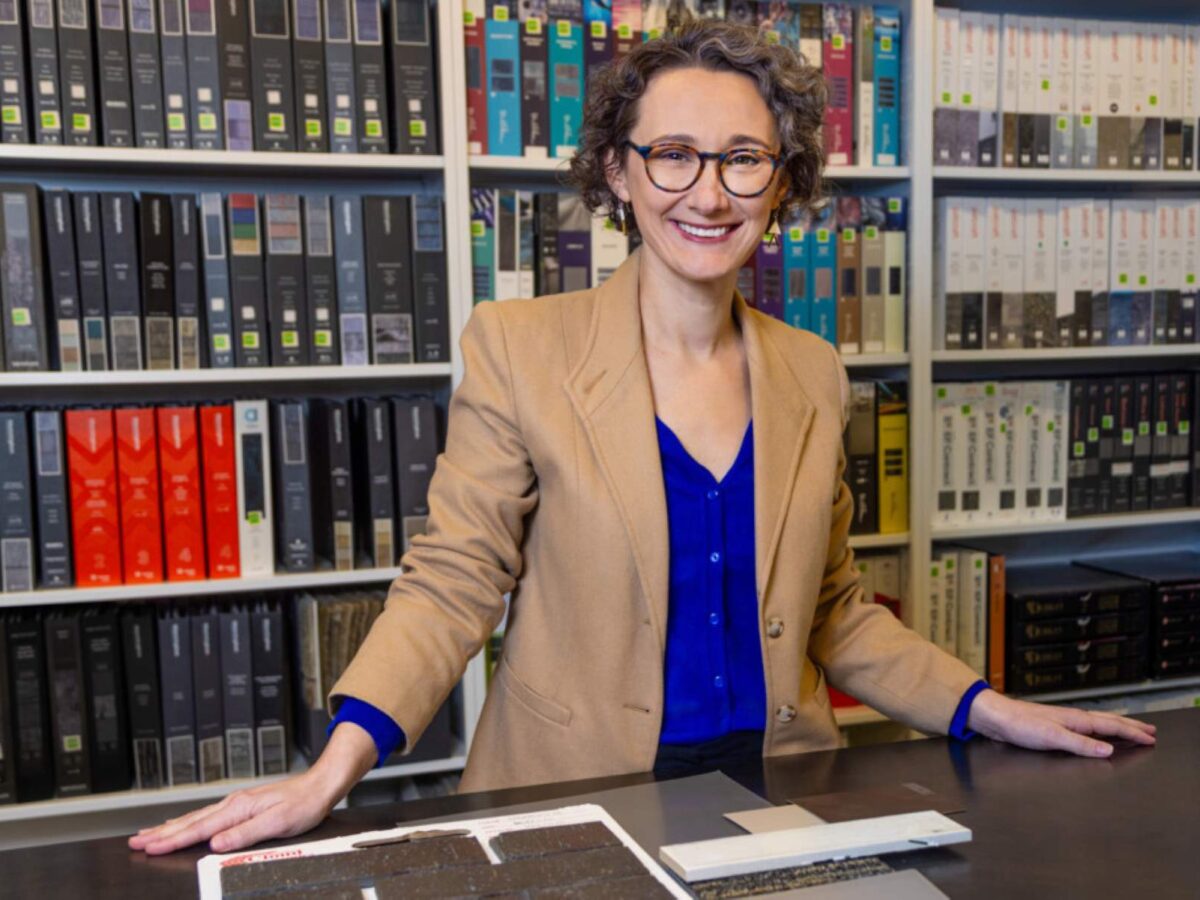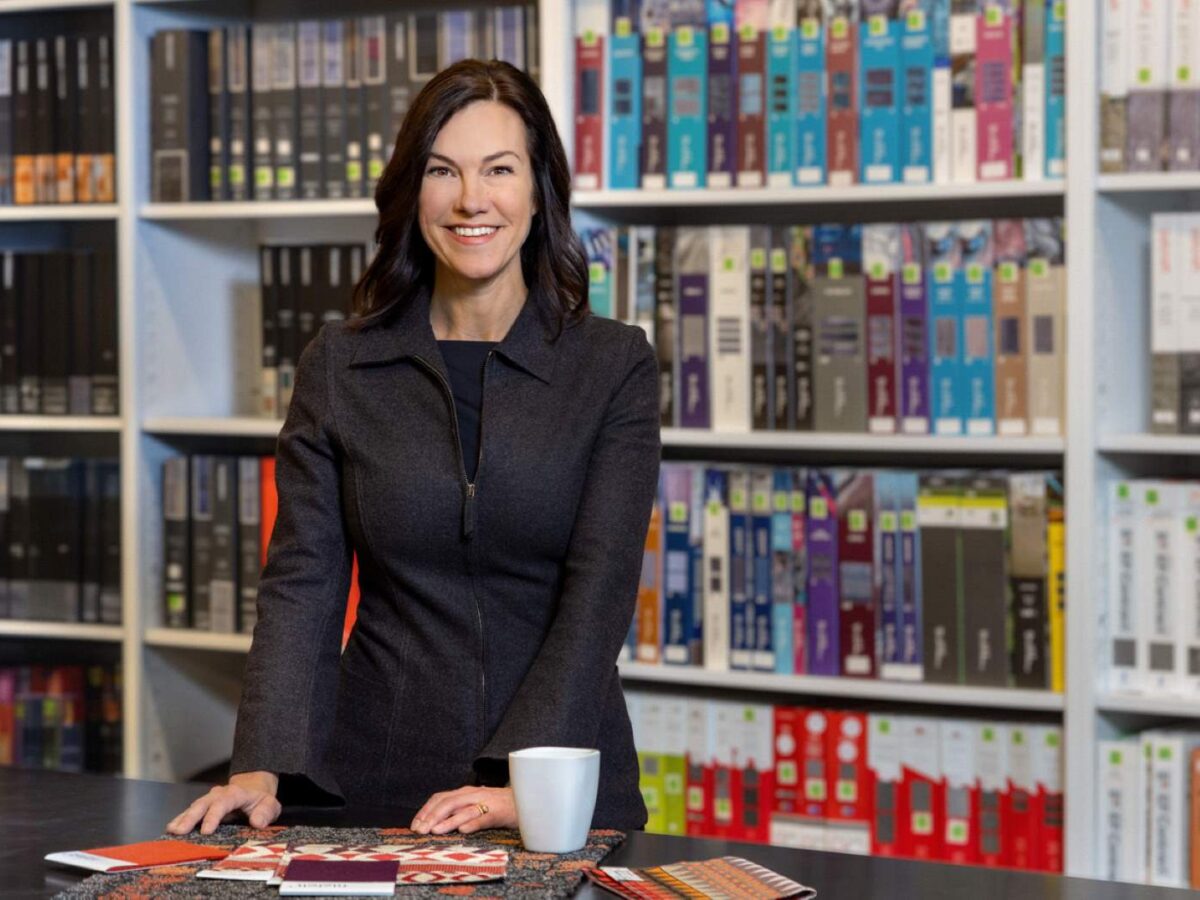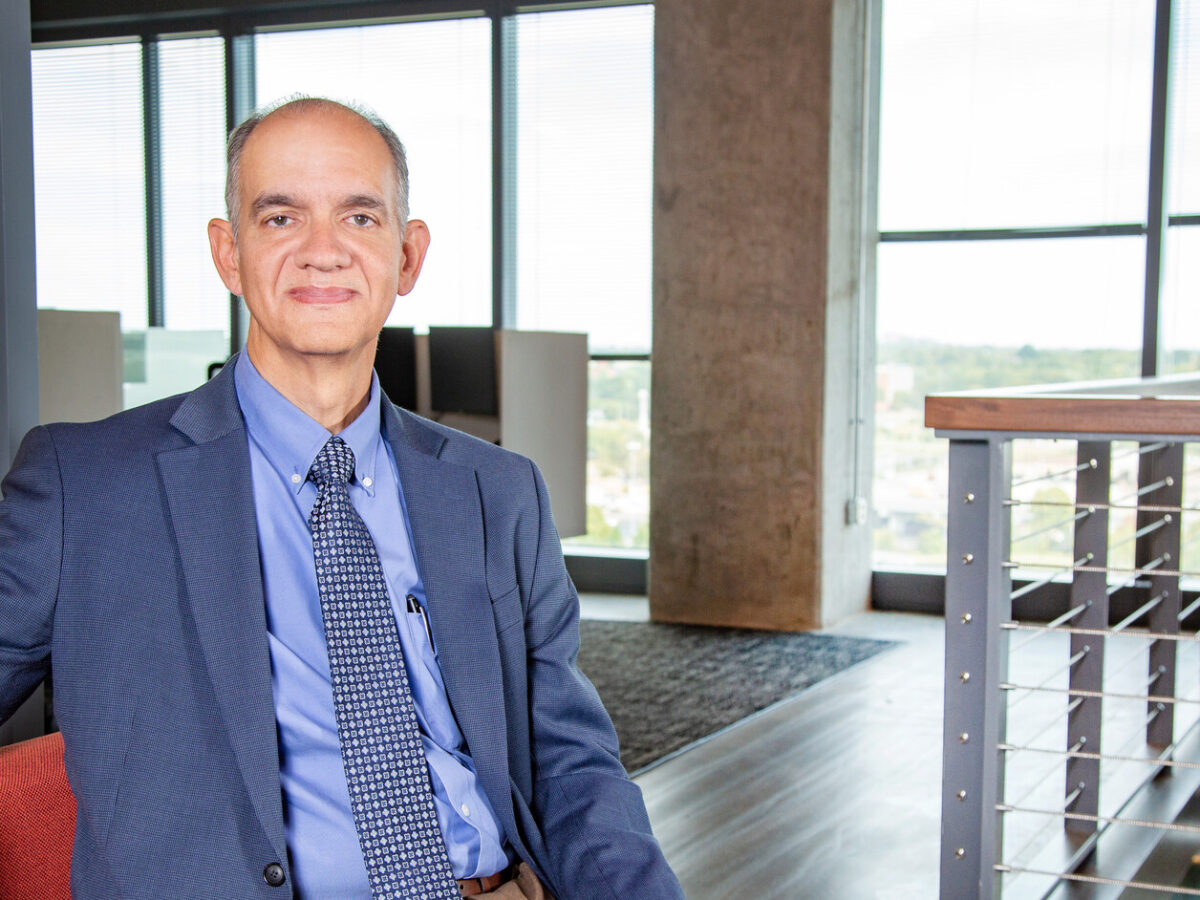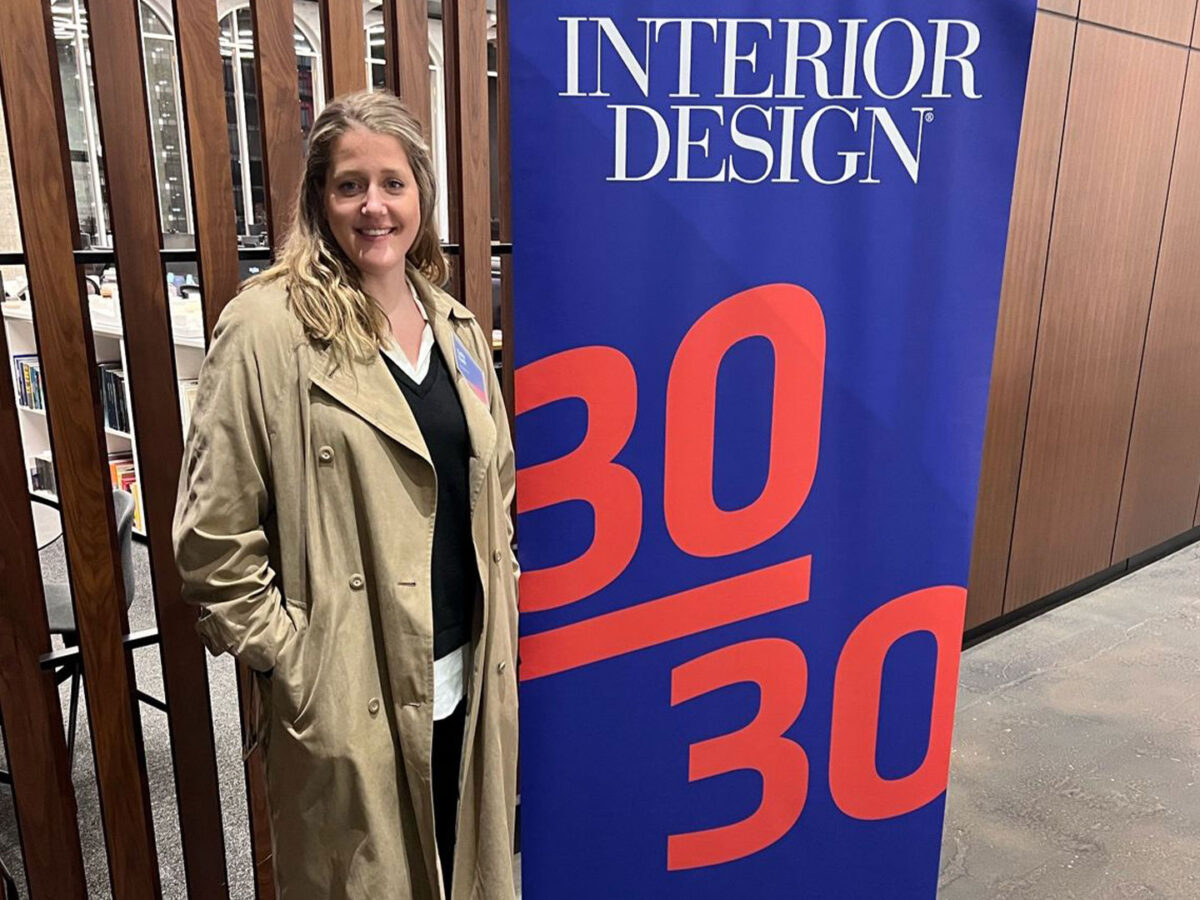The real estate industry is witnessing an exciting evolution of fresh adaptive reuse and development techniques. As the world evolves and changes, so too does our approach to building and design. In this article, we will explore some of the trends and insights that are currently reshaping the real estate landscape.
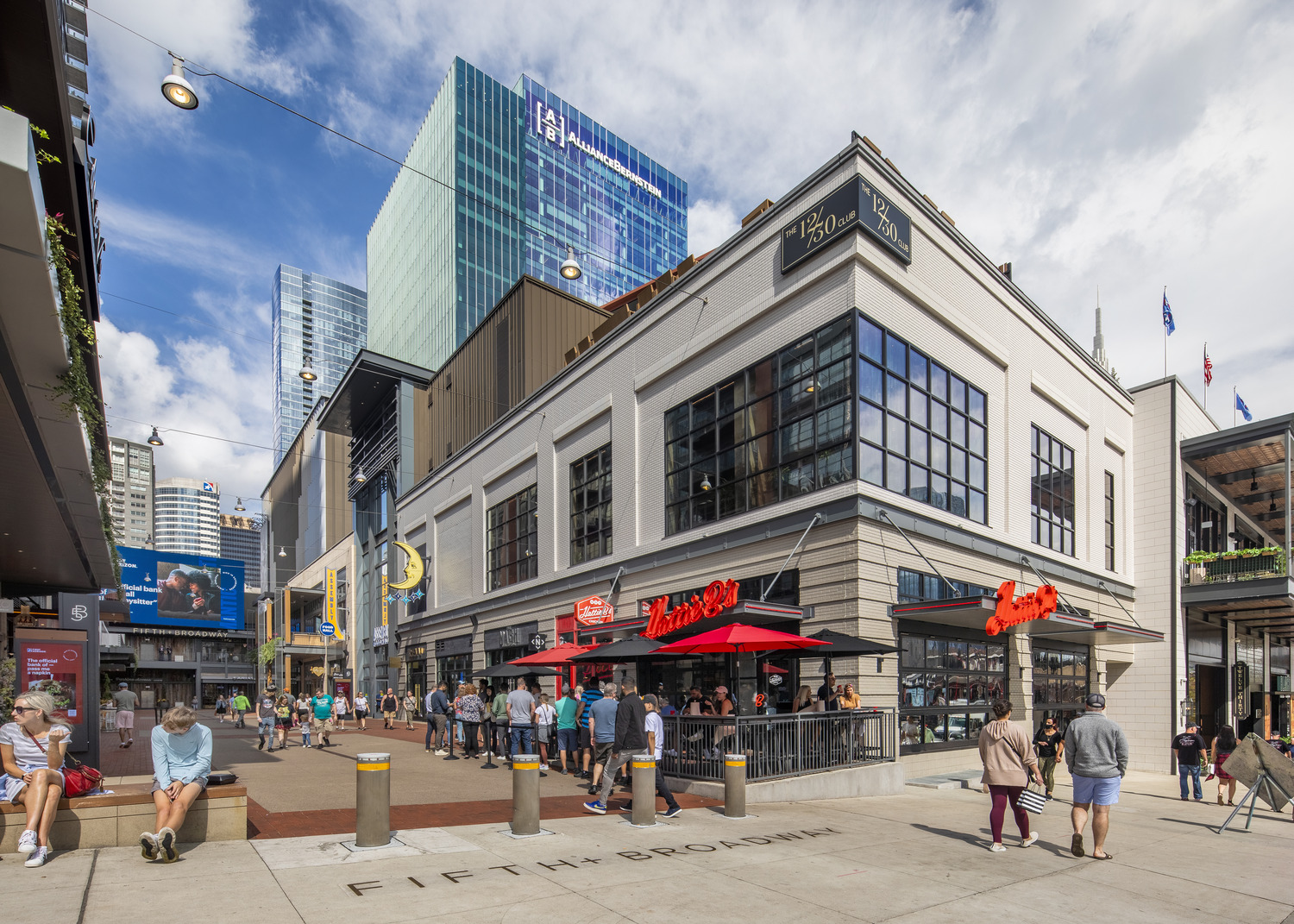
Taking a mixed-use approach. One of the most significant trends we are seeing is the embrace of mixed-use developments across the spectrum on projects large and small. These developments feature a blend of residential, commercial and retail spaces, making them more walkable, livable and sustainable. Walkability isn’t just a buzzword; it’s a movement that’s changing the way we think about urban living. The convenience of walking to work not only reduces our dependence on cars but also brings back a sense of community. The “15-Minute City” concept is one that combines different land uses within a compact area, creating ease for people to access the services they need. Mixed-use neighborhoods, where you can work, live and play, are the future’s answer to sustainability and urban congestion.
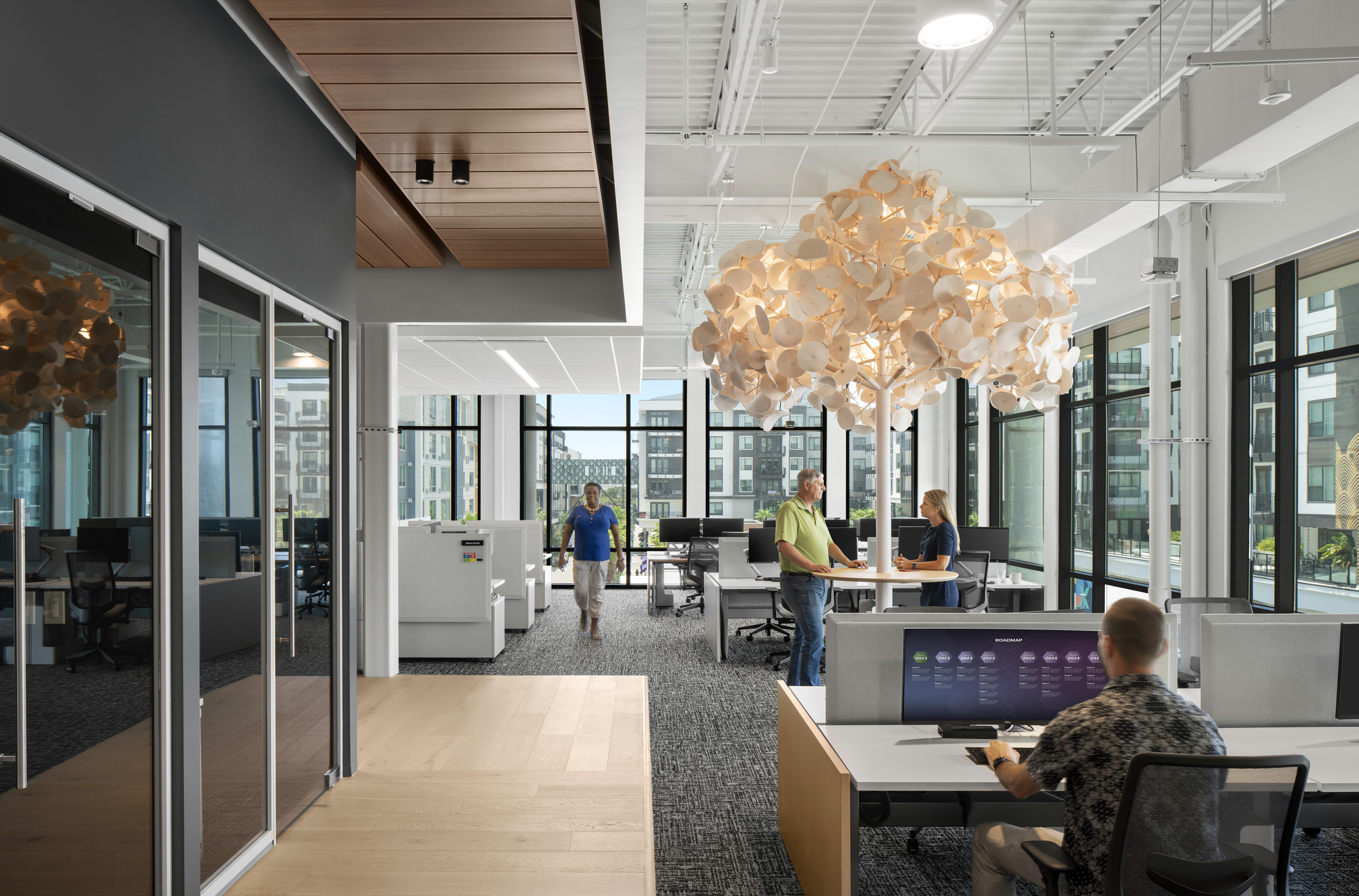
Flexibility in workplace is key. Even the workplace needs to feel “mixed-use.” Our clients are rethinking the traditional office workplace, with a focus on creating spaces that offer a diversity of workstyle options and adding comfort to the equation. This trend is particularly relevant as many companies return to the office and rethink their spaces and work arrangements. By offering a variety of flexible workspace environments, including shared workstations, collaborative gathering and quiet zones, companies can cater to the changing needs of business and their employees.
Considering adaptive reuse. Moreover, there are plenty of opportunities to repurpose older buildings for residential, education, daycare and light industrial uses. This trend is gaining traction as developers look to breathe new life into older structures while also meeting the needs of the community. By repurposing these buildings, we can create more sustainable and vibrant communities that offer a greater range of services and amenities in the neighborhood.
Keeping sustainability top of mind. Developers are increasingly incorporating future local requirements into their plans today, from systems electrification to electric vehicle charging infrastructure to affordable housing options. By building in resiliency and adaptability for future uses, we can ensure that our buildings remain valuable and insurable for years to come. Additionally, many developers are exploring the potential for incorporating innovative sustainable building materials like mass timber and modular construction techniques that minimize the overall environmental impact of their buildings.
Embracing artificial intelligence. AI is not just for self-driving cars; it’s also a powerful design tool for architects. AI-driven design can optimize layouts, improve energy efficiency and enhance the overall functionality of mixed-use spaces. It can also help with idea generation. Architects and designers are using it more and more, and with impressive results.
The real estate industry is undergoing an exciting transformation, driven by new adaptive reuse, building and development strategies. From embracing mixed-use as the future, to rethinking the modern workplace, to next-level sustainability decisions, these new strategies are changing the way we build and live. As we move forward, it’s essential to continue exploring new ideas and approaches that promote sustainability, diversity and resilience in our communities.
